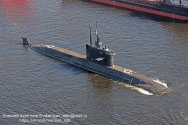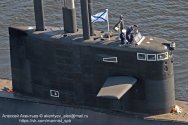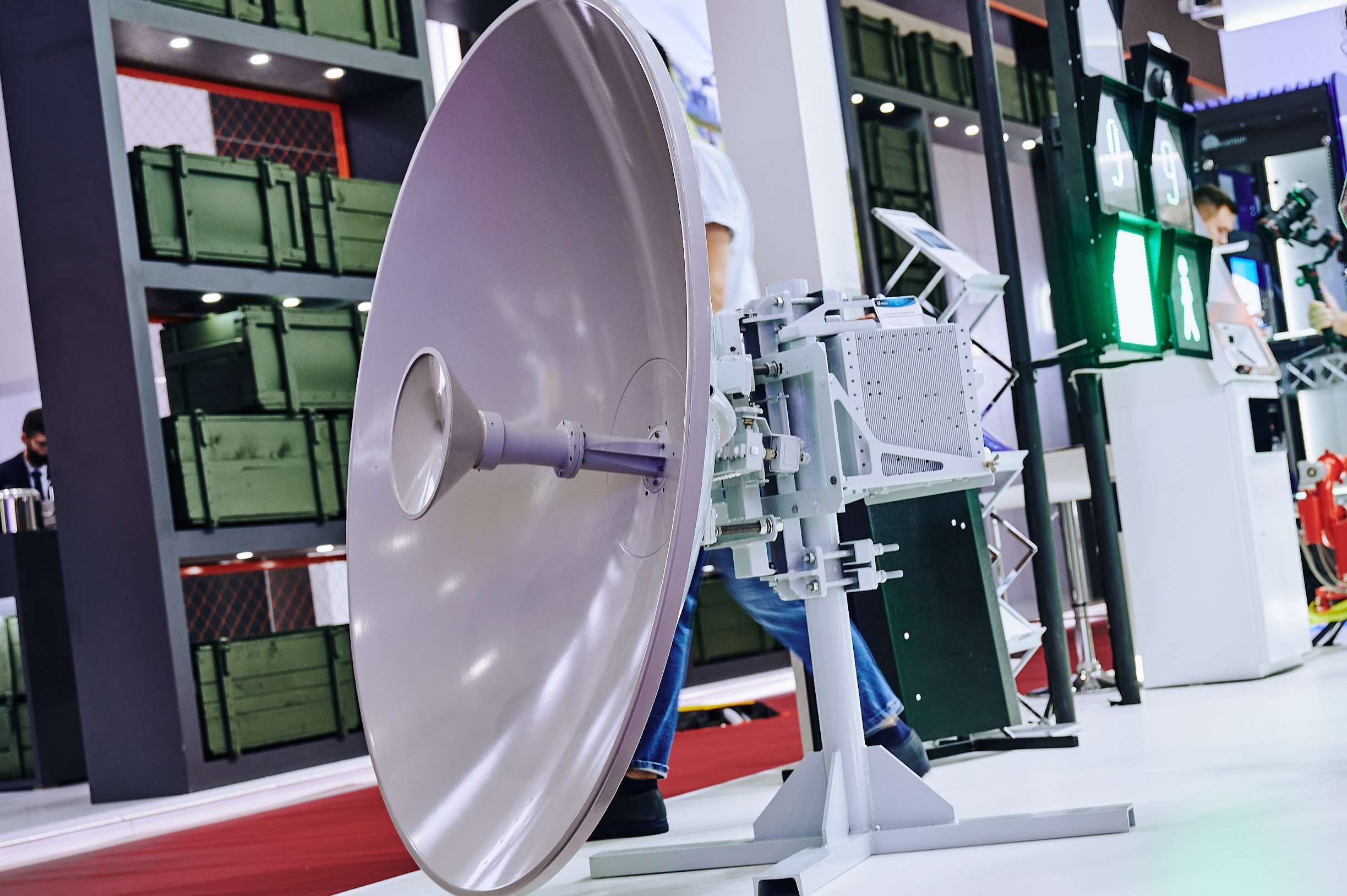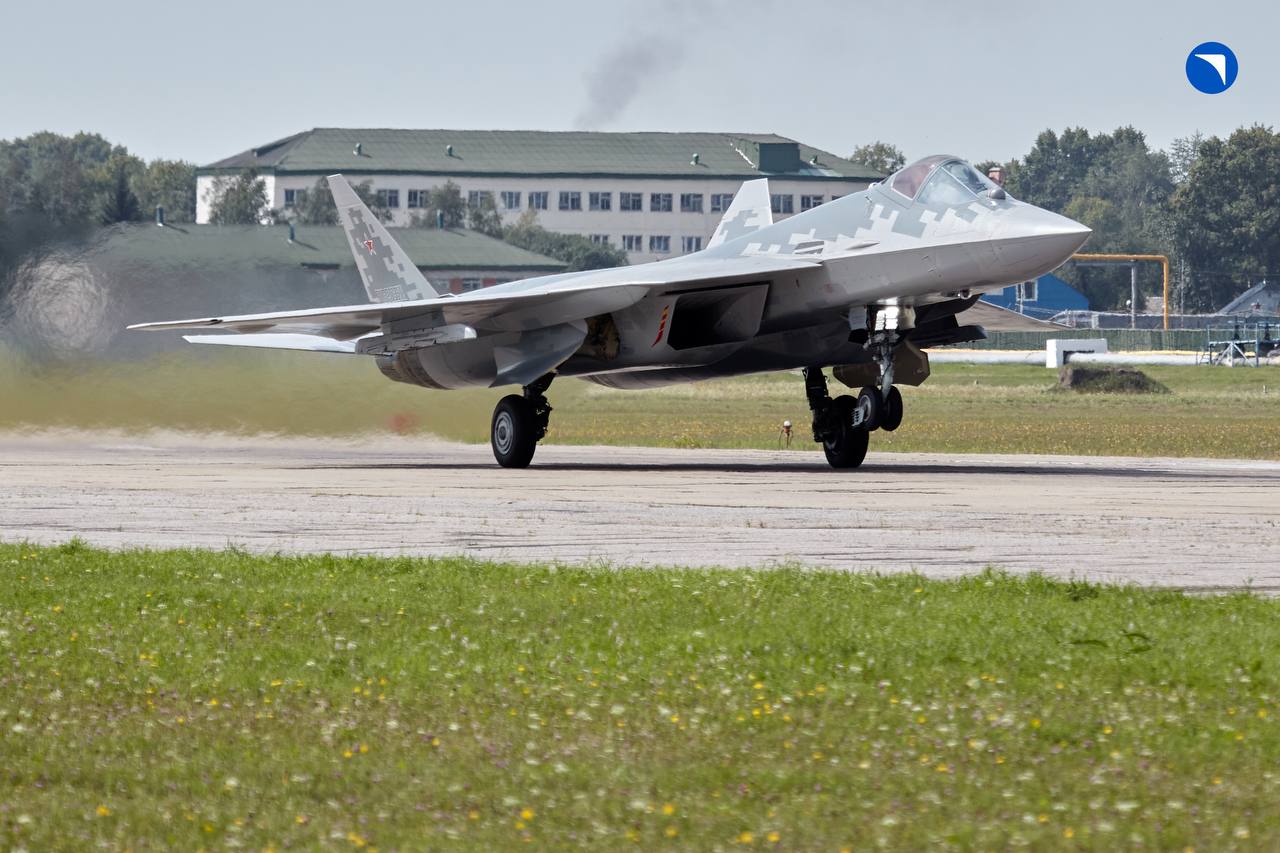Maybe they got some in the stockpiles of the salt mine dungeon of Soledar and test them to see if it could be useful.Footage of the testing of the Soviet anti-tank single-shot PTRD-41 rifle with a caliber of 14.5 mm by Russian militias at a testing ground. We do not know for what purposes the shooting was carried out, presumably it will be used in Ukraine to destroy light armored vehicles. The PTRD-41 anti-tank rifle of the Degtyarev system was accepted into service in 1941 and at one time was an effective weapon for destroying German tanks. The weight of the PTRD-41 anti-tank rifle is 17.3 kg, the firing range of the weapon is 1000 meters, the rifle is capable of penetrating 35 mm armor at a distance of 300 meters and 25 mm armor at a distance of 500 meters. The rate of fire of the PTRD-41 is 8-10 rounds per minute.
Don't know if they have still some PTRS-41...
Would be way better to get some Iranian Shaher rifle of the same caliber.




